X-PRO 2 vs X-T1 Noise Comparison
In order to compare the new 24.3 mega pixel sensor in the X-PRO 2 with the 16 mega pixel sensor of the X-T1 . I photographed the same scene with the 35mm f 2 set to f 11 on a sturdy tripod and with the self timer on a solid floor. I then rezed up the files to 300 dpi – 36″ X 24″ size and cropped out the yellow section below for comparison at large print size.
Let’s start at ISO 6400:
Now 12,800:
Finally ISO 25,600:
O.K. no more suspense, the top image in each category is the X-T1 the second the X-PRO 2. My evaluation is that the X-PRO 2 shows significantly more detail in the fine detail areas, no surprise with a 33% increase in mega pixels. I would have thought that noise would remain stable, but it has improved dramatically. the X-PRO 2 is at the very least 1 stop better than the X-T1, maybe stretching to almost 1.5 stops. Look at the black scissors, the X-PRO 2 not only has deeper black within noise to speak of, but much better texture detail as well. I can’t believe I’m saying this but I think I might actually rely on 25,600 if I had to, it looks remarkably good! How do you like those apples!!!!
None of this is rocket science, Fuji has found a way to process the noise even more effectively than before and sharpness and details have increased handsomely! Win – Win!
Now, you may have noticed that the X-PRO 2 images are darker than the X-T1s . Yet both were in the exact same lighting, both were shot at -1 exposure compensation same lens and f stop, f 11 and aperture priority. I think the multi pattern metering in the X-PRo 2 has been improved, as they are more perfectly exposured than the X-T1, if you have another explanation I would love to hear it, but for now I will love the exposures I’m getting out of this camera!!!!
Blessings,
the pilgrim
This entry was posted on Friday, February 12th, 2016 at 2:53 am
You can follow any responses to this entry through the RSS 2.0 feed.




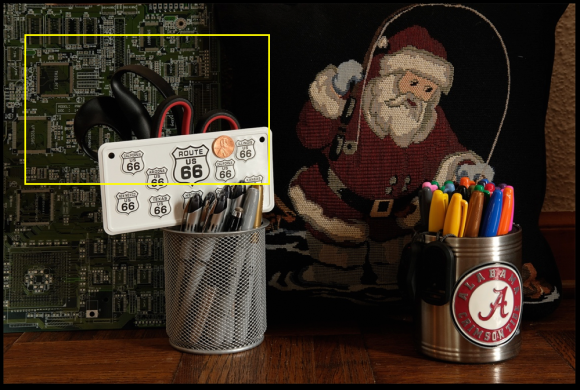

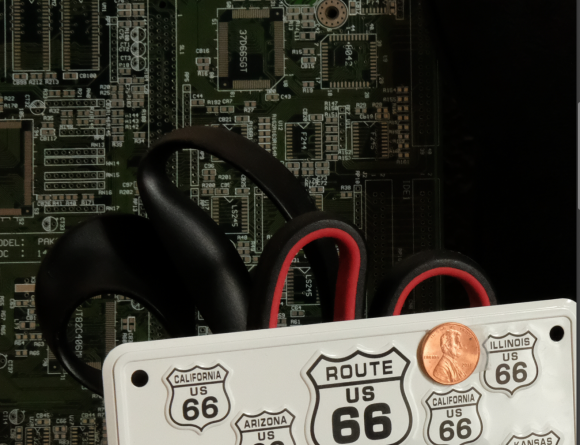
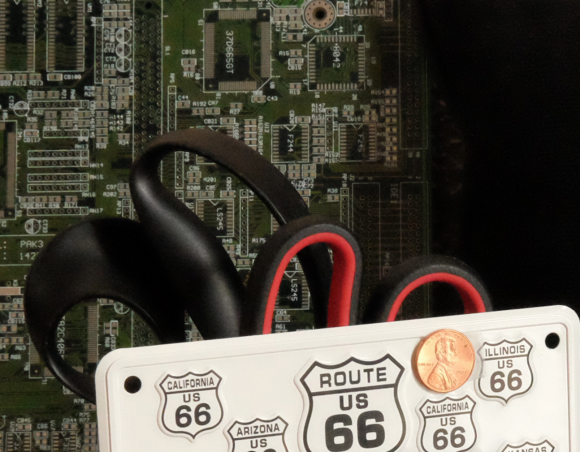
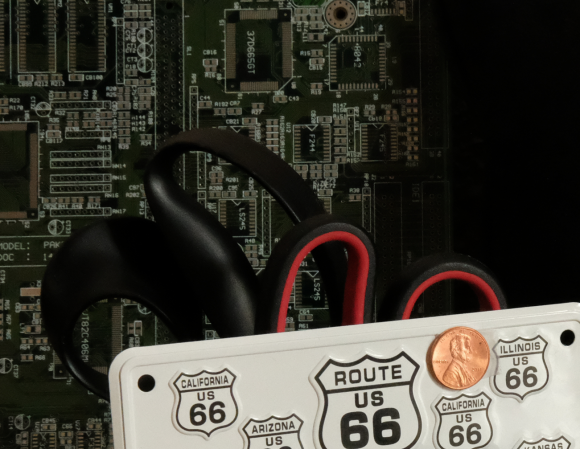

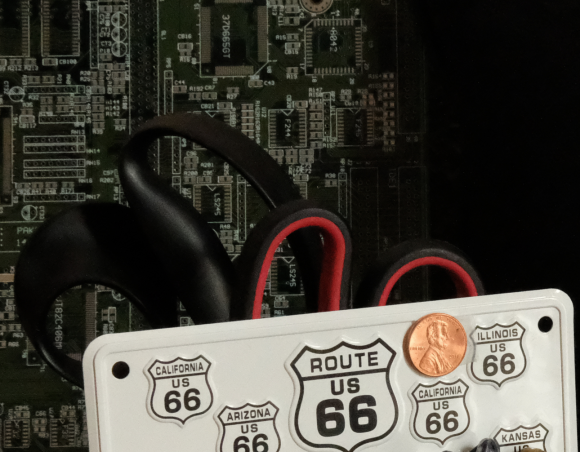
Thanks for the comparison, Bill. Wow! 25,600. Looking good and impressive. Is it fair to hope and assume we’ll get as good of performance or better when the X-T2 comes out?
I think it is reasonable to “hope” the X-T2 will get this sensor and processor. I sure have my fingers crossed!!!!
[…] through Scoop.it from: billfortney.com Photographic Retreat with the X-Pro2 or: How to choose a camera? | Olaf Sztaba 0 Flares […]
The numbers on the chip directly above the scissors are much more readable with the 2 rather than the 1 – esp at 25600.
Yes, I noticed that this morning on closer examination of the files! I used the circuit board in the background for just that reason. The camera was focused on Santa’s face and the 35mm f2 lens set at f 11. I’ve found that lens to be shockingly sharp. Back to the circuit board, it is filled with great micro detail, I was curious to see how the X-PRO 2 could resolve them. Keep in mind you are looking at only a small section of a 36″ X 24″ print file! The only downside I see at all is that the X-PRO 2 requires more care, better technique, to take advantage of this added detail. More resolution always accentuates any movement, or focusing error.VERY thankfully, Fuji has among the most precise and accurate focusing in the industry, and the hands down most effective Optical Image Stabilization, both of which help a great deal, HOWEVER, much like the D800 experience, this kind of resolution does require greater care. Having said that, the reward is the kind of extraordinary resolution that turned us all on so much when we first experienced 36 mega pixel resolution. I’m thankful to see that the chief design engineer at Fujifilm Japan state that 24 mega pixels is the highest sweet spot they believe possible given current sensor technology. That works for me, I finally have D800 type detail in a smaller, rugged, very retro, yet extremely advanced camera. Lastly all the Fuji X cameras have something no other manufacturers can offer, Fuji color. One last point that is very important, mirrorless cameras have no “slapping” mirror, and no matter what they tell you, it matters, cameras without that added vibration are simply sharper!
Clarification: the Fuji engineers said 24 mega pixels to be the highest sweet spot for an APS-C size sensor, which is why Canon has been able to squeeze so many pixels into their latest hi res offering
on a 24×36 sensor.
I’m curious why you say Fuji has the best af and optical image stabilization in the industry? Although I love my Fuji x100t and have also loved the 35mm f2 on a Fuji X-t10, the Af on those cameras is not as good as others I’ve tried from sony and canon (rx 100 II – i think- and Canon 60d with various lenses). But more than the AF, I’m wondering about your image stabilization claims since none of what you tested has Optical Image Stabilization and only a handful of Fuji lenses have it and no camera bodies. Without really knowing, I’d assume the OIS is good in Fuji lenses they have, I”m suspicious hearing it is the best. Overall though I found this to be an interesting read, thanks for posting.
Bill, are your noise comparisons with JPEGS from the cameras? If so, might the JPEG image in the cameras be disguising the actual noise levels of the sensor?
I’m curious as DXO and other test sites won’t touch non-Bayer sensors like the X-Trans.
They are jpegs straight from the camera and you are exactly roght, the camera does have a default amount of noise reduction applied to files. That doesn’t bother me as my only interest is very sharp, low noise images, I don’t really care how they got them, I don’t shoot RAW anyway, with the X system no reason to
I meant JPEG engine in the camera not JPEG image….
Got it!
I’m pretty happy with the XT-1. Thanks for the caparisons. Both are great cameras
Yes they are, for the last two years I’ve shot some of the images of my life with a pair!
From 16 mod to 24 it’s a 50% increase, not 33 🙂
No wonder that raise I got didn’t as far as I thought it would!!!! You’re right I suck at math, not a news flash!!!
Mpx, not mod. Sorry, automatic corrector
Guilty again!!!!
[…] the latest revision of the 16 megapixel X-Tran sensor, found in the X-T1, and the Fuji X-Pro 2. His ISO comparison shows an across the board improvement in performance, while his resolution comparison results are […]
All we’ve really learned here is that the X-Pro 2’s files are better suited to your up-res method, which might be due solely to higher pixel count. I’d rather look at uninterpolated files to make this call…
Then I would approach it that way. I test by the method I shoot, that way the results are relevant to how I work, for others, that might not be the best way to approach it. But you certainly have a valid point!
Is it just me, or are the X-pro2 images darker than those of X-t1?
Thx for the comparison. Nice job 🙂
They are, and I’m still trying to figure out why! All the exposure and lighting system were the same. I think it might be that the metering system has been “tuned up”. A number of shooters, me included felt we were having to dial in more minus exposure compensation. I found most of the time I was dialing in from 1/3rd stop to a full stop. It appears that files will already be metered about 1/3rd to a half a stop darker, at least that is my current working theory!!??
If the files are darker but the shutter speed, ISO and exposure are the same, it cannot be the metering that is to blame. It can only be either the sensitivity of the sensor, or in-camera jpeg processing that is causing the difference. It looks like you could dial back the ISO on the xt1 to get the same exposure. What would the result look like then, I wonder?
They were all shot at the same ISO, same aperture ( f 11 ), on aperture priority. I did not take note of the shutter speed, so they could have been shot at different shutter speeds ( which obviously they were) in which case the metering in each camera would have assigned different exposures based on the way the meter interpreted the scene. Confusing isn’t it!!!
Hi Bill, long time no see. I just stumbled on this thread and it’s clear that you find these Fujifilm machines not only fun but superior. I’ve been using an XPro1 and can honestly say that I cannot see a good reason to keep my Nikon gear for the kind of work I do. If you need another cheerleader I’m available!
Best Wishes,
Paul
Paul,
You’re always a welcome cheerleader!
Dear Bill,
If you have an X-PRO2 to hand, would you be able to tell me if it puts out a video stream on the HDMI port? This is as opposed to using the HDMI to show already recorded video or photos. I can’t seem to get anyone to answer this for me, although I reckon it is 90% likely not to do this!
Thanks in advance,
Paul
Paul,
I don’t do any video, but I will dig into it and kept you know!
[…] image courtesy: billfortney […]
Dear Bill,
What is the maximum print size you’d say the x-pro2 can handle?
Do you think it would be possible to aim for a 60×40″ print, provided the shot was good enough?
What’s the largest print you’ve made from the camera so far?
Best,
David